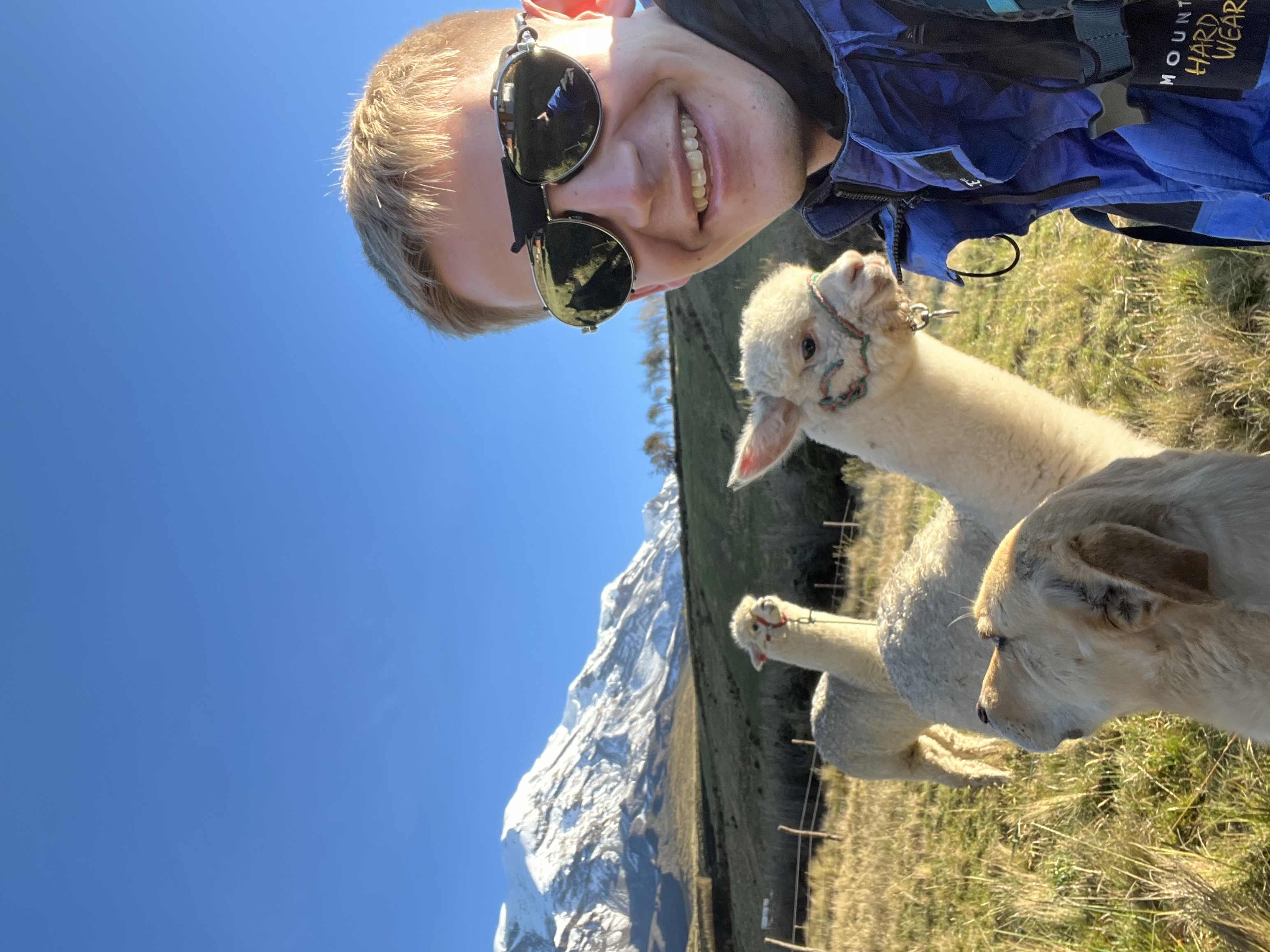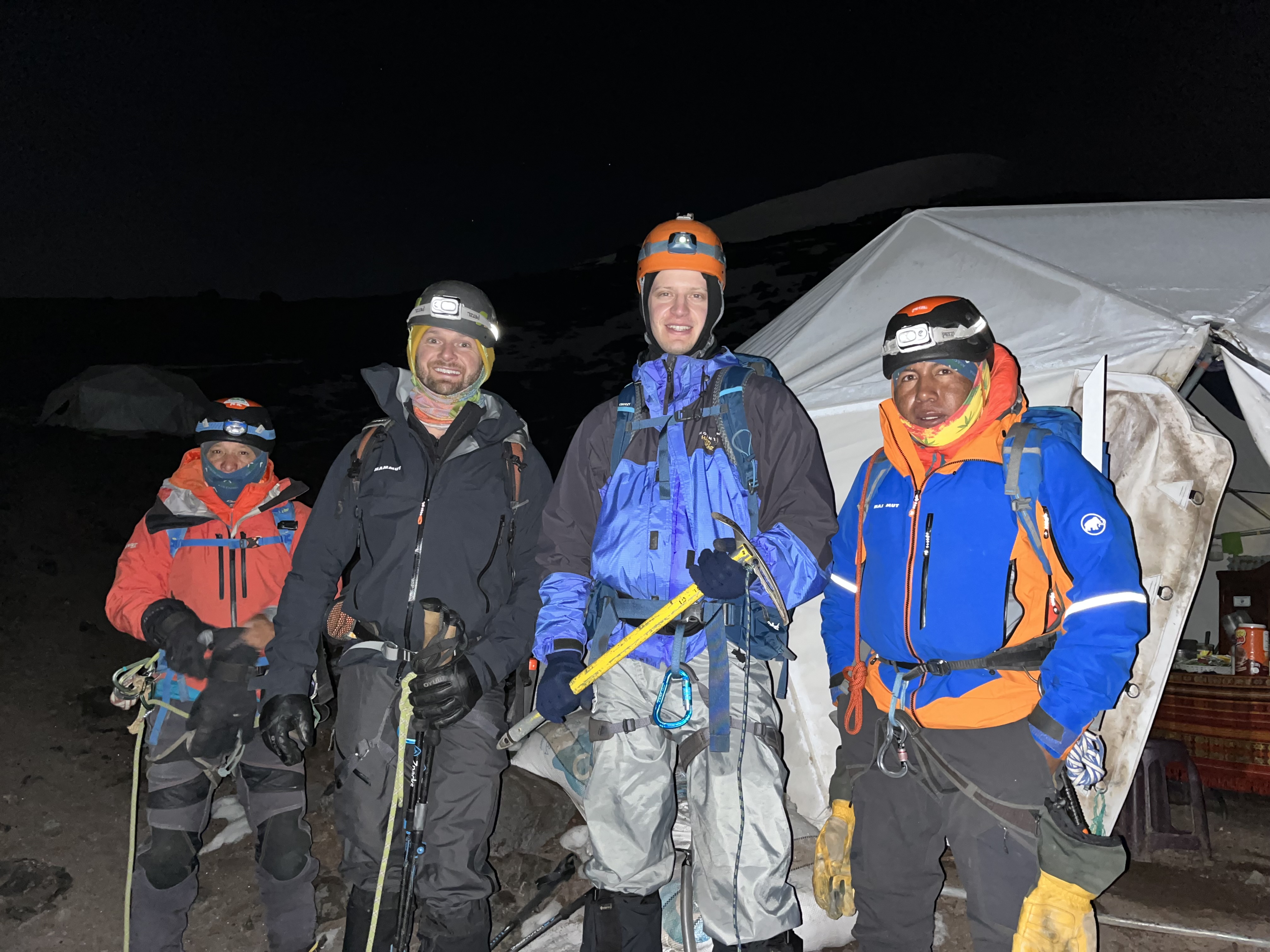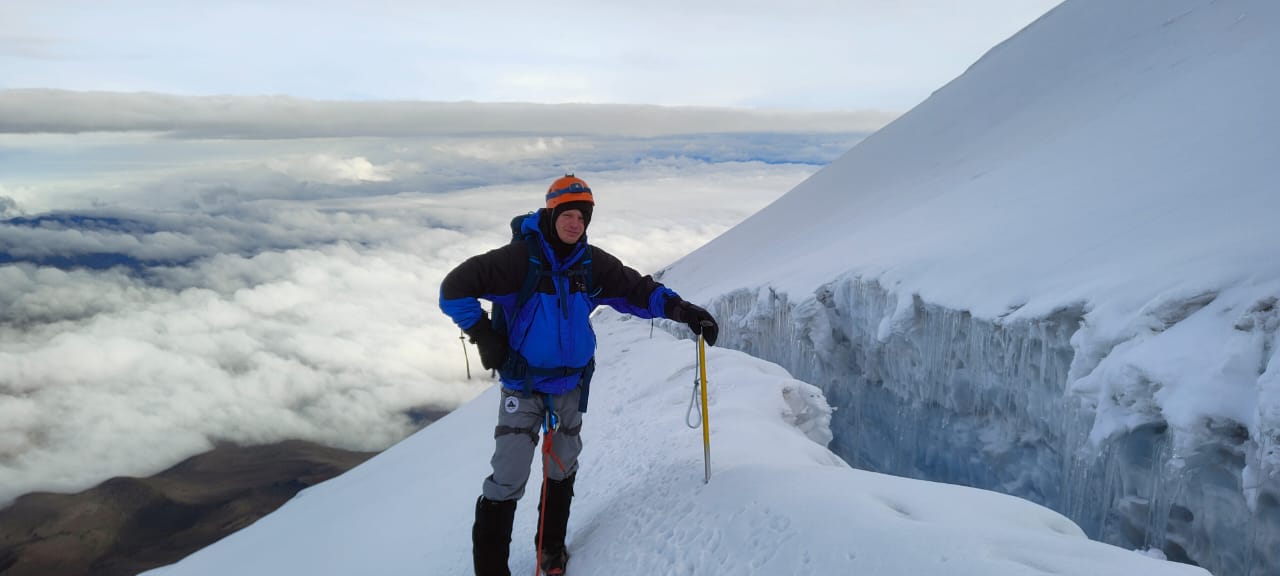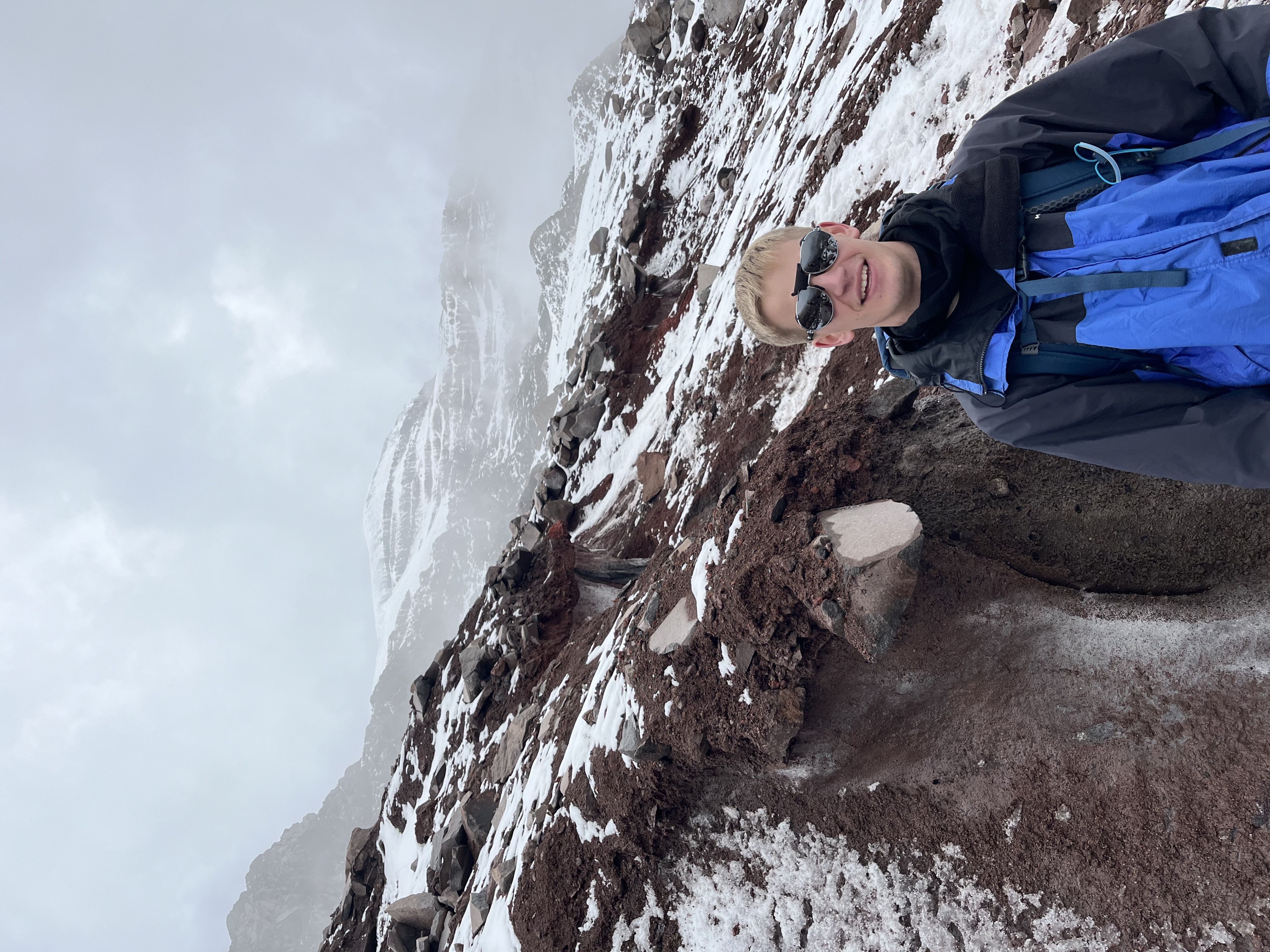Atop Chimborazo: A Journey to 20,600 Feet - Trip ReportElliot EpsteinJanuary 15, 2024 Short SummaryHere I will outline my experience climbing Chimborazo, the highest mountain in Ecuador. The short summary is as follows:
PreparationTo climb a mountain over 5000 meters in Ecuador, you are required by law to have a guide. I chose to climb with Ecuador Eco Adventures, I paid around 700 dollars for all the accommodation, meals, gear, and guides for the 4 day climb. They had a lot of decent gear that was free to borrow for the climb, which was very useful. Day 0: Arrive in QuitoI arrived one day before heading to Chimborazo to become a bit more acclimatized before heading to higher elevation, as Quito is already at 2500 m. As I walked the streets of Quito I was amazed at how cheap everything was compared to the Bay Area. There were street food stalls where you could buy a meal for $1.00 and I payed $7.00 (!) for a night in a basic but decent hotel. Day 1: Travel to Base Camp and Acclimatization HikeAfter taking the bus from Quito to Riobamba in the morning, I picked up the gear from Wlady, the director of Ecuador Eco Adventures, and then took a car with a fellow climber named Robo, also from California, to the base camp at 3800 m. The base camp was a collection of small buildings along with a slightly larger building that served as a kitchen. We had a nice lunch and then went on a short hike to 4300 m to get some acclimatization. During dinner, I met several other climbers, who had elected to try to climb the mountain in 2 days, instead of 4, which is the standard. I am glad I had picked the longer acclimatization as none of the climbers on the 2 day plan made it to the summit. During the dinner I also met Daniel, an Aussie working with sales at AWS, who would summit the same day as me. We ended up climbing and preparing together for the hike. 
Day 2: Acclimatization Hike to 5250 m
At Chimborazo, we were lucky that it was possible to drive up to 4800 m, to the Carrell refuge.
We set out on an acclimatization hike, and the path we took was very steep and covered in scree.
We saw several warning signs for rockfall, and before long we saw several small rock falls.
At an open area just below a very steep section, very suddenly we heard a loud noise, and we saw 6-8 large boulders the
size of a human coming tumbling down the mountain right in our direction.
Daniel and the french guy we were hiking with were a bit behind me and found a huge bould to hide behind.
I was in the open, and I prepared myself to dodge the rocks as they were coming down.
Luckily, the rocks stopped tumbling down some 50-100 meters before they reached us.
This, along with the increasing steepness, and ice on the path (and we didn't bring crampons for this hike), made us turn around at around 5250 m for the day.
This was still great, as we had reached the altitude of the high camp, and we had a decent idea of what to expect for the summit push.
Day 3: Acclimatization Hike to 5250 m
After a half day of rest, we drove up to the Carrell Refuge again at 4800 m and started the push towards the high camp at 5300 meters, with all our gear for the summit. The extra weight of the sleeping bag, ice ax, mountain shoes, and crampons made a big difference.
A bit less than two hours later we arrived at the high camp, after a strenuous hike.
The camp consisted of 3 tents, 2 for sleeping and 1 for dining.
There was also a small toilet "building".

Day 4: Summit Push
During the night, I had not slept at all, so I was excited when I checked the phone to find out that it was almost 11pm, the time to go up!
I got dressed quickly and went into the dining tent. My appetite was very weak but I had to get energy, so I had hot water and continually added a huge amount of sugar,
this went down well. I tried to drink as much of this as I could. I also added sugar to my water bottle.
I thought I would be able to eat some chocolate, or bread, but the appetite was just not there.
In hindsight, it would have been good to have brought some energy gels or other food I knew I could eat at altitude.


Day 4: Descent
The descent faced very different challenges from the ascent, with several events that were potentially dangerous. As I had almost not slept at all the night before, I started getting tired.
I tried hard to not take any breaks, as I knew that sitting down would make the tiredness kick in even more.
One of the toughest parts was to keep focused during the descent on the glacier. Climbing up in the dark, I had perhaps not realized how exposed
the glacier was.


Back in high camp, 8:40amThe first thing I did was drink around a liter of water. It felt great to be back in the high camp, but I dreaded the long hike down to the Carrell refuge at 4800 m that was ahead of us. I was still unable to eat, and I felt that I was getting a bit weaker. After packing up the gear, we started the hike down at 10am. When back in the refuge, we soon departed for the base camp to get our belongings before heading down to Riobamba in the afternoon. When I arrived at the hotel in Riobamba, I realized that I was not just tired and hungry, but I was in fact also sick. This got better after a few days, and I was able to greatly enjoy a trip to the Amazon rainforest that I had planned for the days after the climb. |
